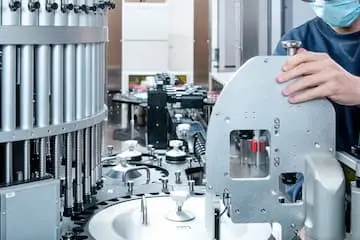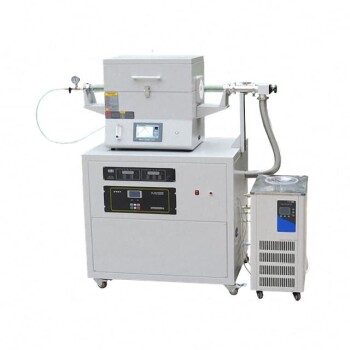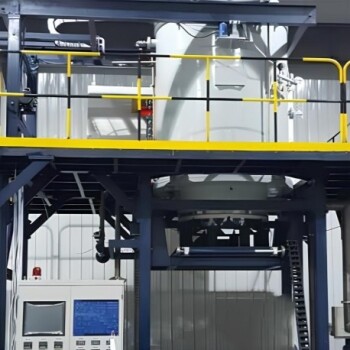A vacuum furnace is a type of furnace that surrounds the material being processed with a vacuum. This prevents oxidation, heat loss through convection, and contamination. The furnace can heat materials like metals and ceramics to high temperatures up to 3,000 °C with select materials. The vacuum level and maximum furnace temperature depend on the melting points and vapor pressures of the heated materials. Vacuum furnaces are used for processes like annealing, brazing, sintering, and heat treatment. The process can be computer-controlled, ensuring repeatability, and the product is low in contamination and high in purity.
Toggle Categories
Get Instant Support
Choose your preferred way to connect with our team
-
Get Free Quote Fill out form for detailed pricing
-
Send Email Detailed inquiry support
-
WhatsApp Quick mobile chat
Response Time
Within 8 hours on working days, 24 hours on holidays
vacuum furnace
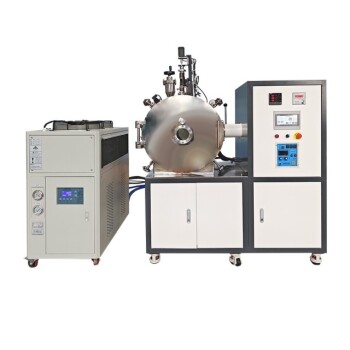
Lab-Scale Vacuum Induction Melting Furnace
Item Number : KT-VI
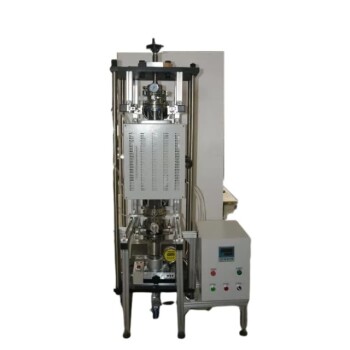
Vacuum Hot Press Furnace Heated Vacuum Press Machine Tube Furnace
Item Number : KT-VTP
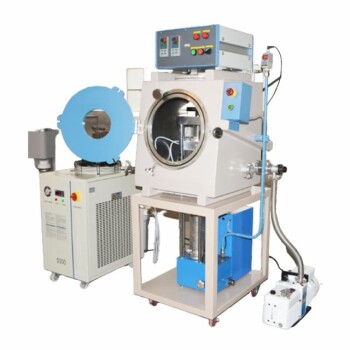
Vacuum Hot Press Furnace Machine for Lamination and Heating
Item Number : KT-VLP
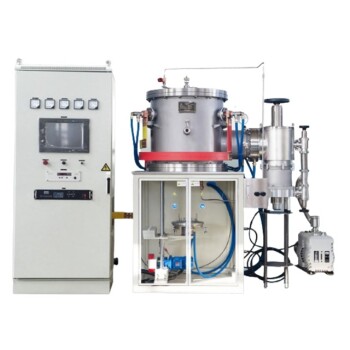
2200 ℃ Tungsten Vacuum Heat Treat and Sintering Furnace
Item Number : KT-VT
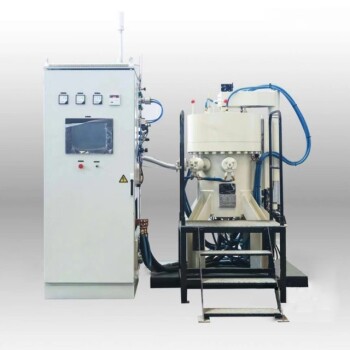
Vacuum Heat Treat and Sintering Furnace with 9MPa Air Pressure
Item Number : KT-APS
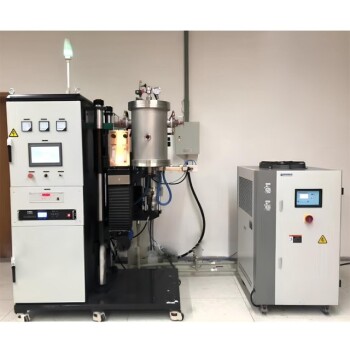
Vacuum Heat Treat and Molybdenum Wire Sintering Furnace for Vacuum Sintering
Item Number : KT-VMW
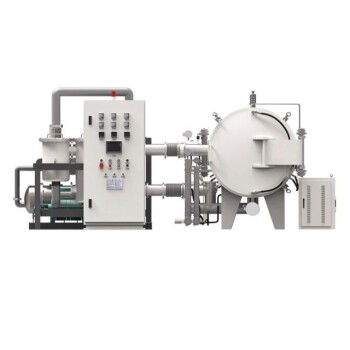
Horizontal High Temperature Graphite Vacuum Graphitization Furnace
Item Number : GF-01
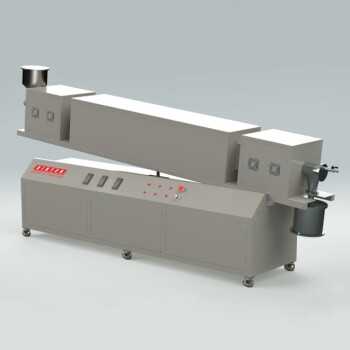
Vacuum Sealed Continuous Working Rotary Tube Furnace Rotating Tube Furnace
Item Number : KT-CRTF
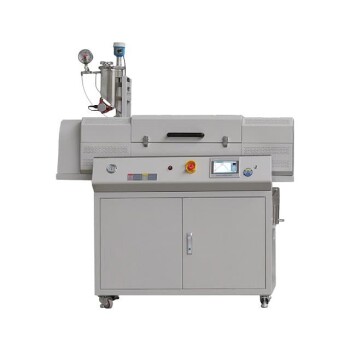
Laboratory Vacuum Tilt Rotary Tube Furnace Rotating Tube Furnace
Item Number : KT-RTF
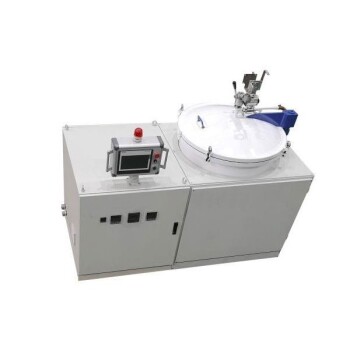
Graphite Vacuum Furnace IGBT Experimental Graphitization Furnace
Item Number : GF-02
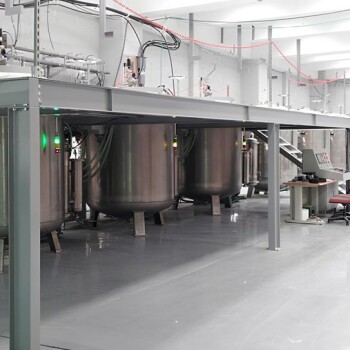
Graphite Vacuum Furnace Negative Material Graphitization Furnace
Item Number : GF-04
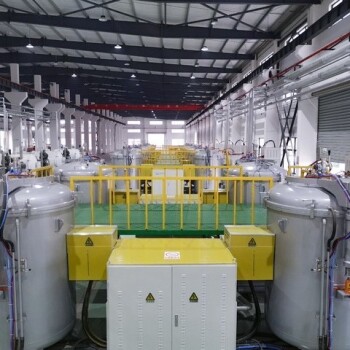
Vertical High Temperature Graphite Vacuum Graphitization Furnace
Item Number : GF-05
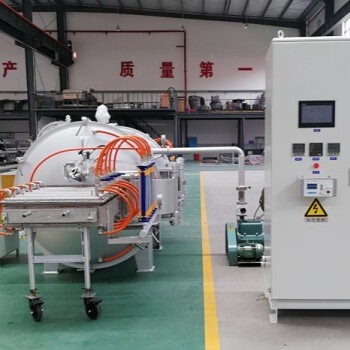
Graphite Vacuum Continuous Graphitization Furnace
Item Number : GF-07
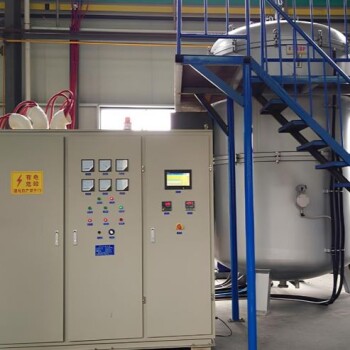
Large Vertical Graphite Vacuum Graphitization Furnace
Item Number : GF-08
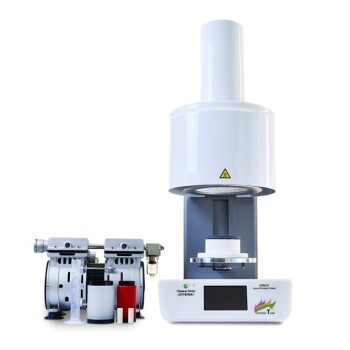
Dental Porcelain Zirconia Sintering Ceramic Vacuum Press Furnace
Item Number : KT-DP10
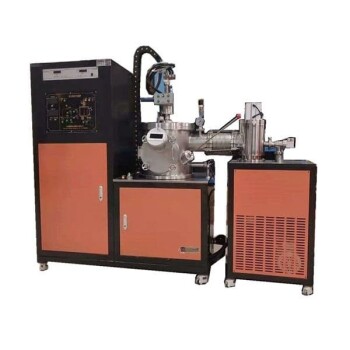
Vacuum Arc Induction Melting Furnace
Item Number : KT-VA
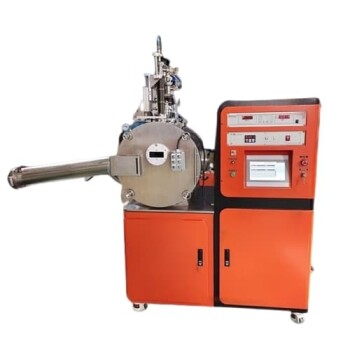
Vacuum Induction Melting Spinning System Arc Melting Furnace
Item Number : KT-VIS
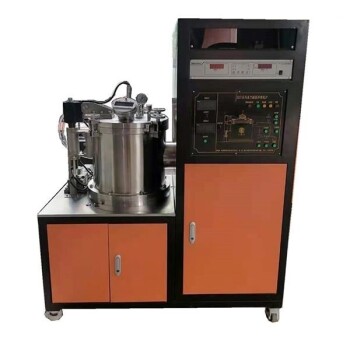
Vacuum Heat Treat Furnace and Levitation Induction Melting Furnace
Item Number : KT-VIL
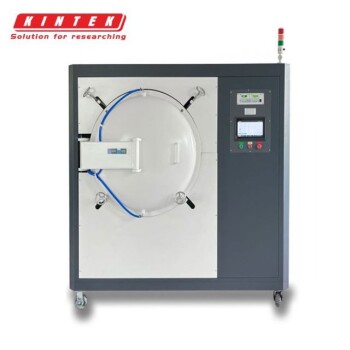
Vacuum Heat Treat Furnace with Ceramic Fiber Liner
Item Number : KT-VF
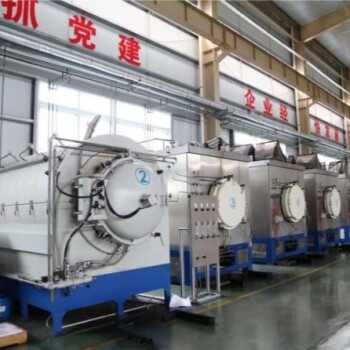
Vacuum Heat Treat Sintering Brazing Furnace
Item Number : KT-BF
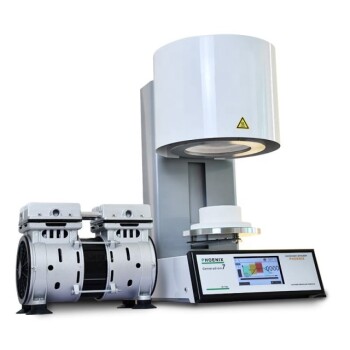
Vacuum Dental Porcelain Sintering Furnace
Item Number : KT-DV10
We have the best Vacuum Furnace solutions for your unique requirements. Our custom vacuum furnaces are engineered to meet almost any customer requirement. We offer a range of shapes and sizes, multiple hot zone options, and manual or automatic flow controls. Our extensive portfolio virtually guarantees there is an appropriate standard solution that will meet your needs. We build vacuum furnaces operating at pressures as low as 10-11 Torr (mBar) with an operating range from room temperature to a maximum temperature of 3000 °C (5432°F) for our tungsten hot zones and 2200 °C (3992°F) for our graphite hot zones in a rough vacuum level (10-2 Torr/mbar).
Applications of Vacuum Furnace
- Annealing
- Brazing
- Sintering
- Heat treatment
- Hardening
- Tempering
- Aging
- Nitriding
- Carburizing
- Quenching
Advantages of Vacuum Furnace
- Allows heating of metals to high temperatures with minimal contamination problems due to the absence of oxygen.
- Provides uniform high temperatures and precise temperature control for producing high-quality materials with consistent properties.
- Low contamination from carbon, oxygen, and other gases due to the vacuum atmosphere.
- Quick quenching or cooling of the product is possible to shorten process cycle times.
- Computer-controlled to ensure repeatable performance for consistent quality output.
- Can heat materials up to temperatures as high as 3,000 °C (5,432 °F) with select materials.
- Commercially available vacuum pumping systems can reach vacuum levels as low as 1×10−11 torrs (1.3×10−11 mbar; 1.3×10−14 atm).
- Vacuum pumping systems remove low temperature by-products from the process materials during heating, resulting in a higher purity end product.
- Used for a wide range of industrial processes, such as heat treatment, sintering, brazing, and annealing.
- Typically made of refractory materials, such as graphite or ceramic, that can withstand the extreme temperatures and vacuum environment.
Our Vacuum Furnace is the perfect solution for your unique projects. Our extensive product line provides a standard solution to fit your needs. However, for more unconventional applications, our custom design service comes in handy. Our custom vacuum furnaces are engineered for your specific project, no matter how unconventional it may be. These furnaces are designed for multiple processes, available in vertical or horizontal loading, and come in a range of shapes and sizes. In addition, we offer automatic flow controls and multiple hot zone options. The best part? Our Vacuum Furnace is very advantageous in terms of price and offers a complete customisation service.
FAQ
What Is A Vacuum Furnace Used For?
What Is The Process Of A Vacuum Furnace?
What Gas Is Used In A Vacuum Furnace?
What Is The Heating Element Used In A Vacuum Furnace?
REQUEST A QUOTE
Our professional team will reply to you within one business day. Please feel free to contact us!
Related Articles

AI completes muffle furnace scientific research graphing in one minute.
How to use nano banana to create scientific illustrations

Risk-Proof Your Lab: How to Choose a Vacuum Pump That Avoids Costly Failures
Learn how to choose reliable lab vacuum pumps to avoid costly failures. Assess chemical risks, throughput needs & safety for optimal performance.

How to Choose Laboratory Vacuum Pumps for Maximum Efficiency and Cost Savings
Learn how to choose the right lab vacuum pump for efficiency & cost savings. Compare oil-sealed vs. oil-free pumps & future-proof your investment.

How to Choose and Optimize Water Circulating Vacuum Pumps for Your Lab
Learn how to choose and optimize water circulating vacuum pumps for lab applications, balancing efficiency and reliability.

Water Circulating Vacuum Pumps: A Practical Guide for Laboratory Applications
Discover the benefits of water circulating vacuum pumps for labs: chemical safety, low maintenance, and explosion-proof operation. Ideal for sensitive applications.

How to Choose Crucible Materials That Prevent Chemical Degradation in Vacuum Induction Melting
Learn how to choose crucible materials for vacuum induction melting to prevent chemical degradation and optimize alloy purity. Essential guide for industrial applications.

How Vacuum Induction Melting Prevents Catastrophic Material Failures in Critical Components
Discover how Vacuum Induction Melting (VIM) prevents material failures in aerospace, nuclear, and EV components by eliminating atomic-level contamination.

How Vacuum Induction Melting Elevates High-Performance Alloy Production
Discover how Vacuum Induction Melting (VIM) enhances alloy purity, reduces defects, and optimizes costs for aerospace and energy sectors.

How Vacuum Induction Melting Outperforms Traditional Methods in Advanced Alloy Production
Discover how vacuum induction melting (VIM) outperforms traditional methods in advanced alloy production, offering precision, purity, and cost savings.

How Vacuum Induction Melting (VIM) Transforms High-Performance Alloy Production
Discover how Vacuum Induction Melting (VIM) enhances alloy purity for aerospace, medical, and nuclear industries, reducing defects and costs.

How Vacuum Induction Melting Ensures Unmatched Reliability in Critical Industries
Vacuum induction melting (VIM) ensures metallurgical purity, durability, and efficiency in aerospace, nuclear, and critical industries. Learn why VIM outperforms traditional methods.

How Vacuum Induction Melting Powers Superior Material Performance in Critical Industries
Discover how Vacuum Induction Melting (VIM) ensures 99.99% pure alloys for aerospace and medical industries, boosting performance and compliance.

How Freeze-Drying Cuts Transport Costs by 90% in Critical Logistics
Freeze-drying slashes transport costs by 90% in logistics for space, military, and disaster relief by reducing weight and volume. Learn how it works.

Why Freeze-Drying is Indispensable for Preserving Sensitive Samples
Freeze-drying preserves sensitive samples by sublimation, maintaining molecular integrity and enabling stable, room-temperature storage. Essential for proteins, vaccines, and volatile compounds.

How Freeze-Drying Protects Delicate Biological Structures During Water Removal
Freeze-drying preserves biological samples by removing water without structural damage, ideal for vaccines, enzymes, and microbial cultures. Learn how it works.

Polytetrafluoroethylene (PTFE): How low friction coefficient promotes industrial progress
Explore the unique advantages of polytetrafluoroethylene (PTFE)'s low coefficient of friction and analyze how it promotes progress and innovation in industrial technology in terms of reducing wear and improving equipment efficiency.

PTFE's high temperature and corrosion resistance: Why it is indispensable in industry
The unique advantages of polytetrafluoroethylene (PTFE) in high temperature and corrosion resistance analyze why it has become an indispensable material in industry, especially in applications in harsh environments.

Innovative Application of PTFE in Mechanical Seals
PTFE has become one of the core materials in the field of mechanical seals due to its unique chemical stability, low friction coefficient (0.04-0.15), wide temperature range (-268°C to +315°C) and excellent corrosion resistance (pH 0-14).

The key role of PTFE in semiconductor manufacturing: from gas pipelines to electrical insulation
From high-purity gas delivery pipelines to precision electrical insulation components, the multi-faceted application of PTFE in the semiconductor industry chain provides important guarantees for the purity, stability and reliability of the manufacturing process.

Advanced Technologies for Precision Ceramics
Explores key technologies and preparation methods for precision ceramic components, highlighting their applications and challenges.
